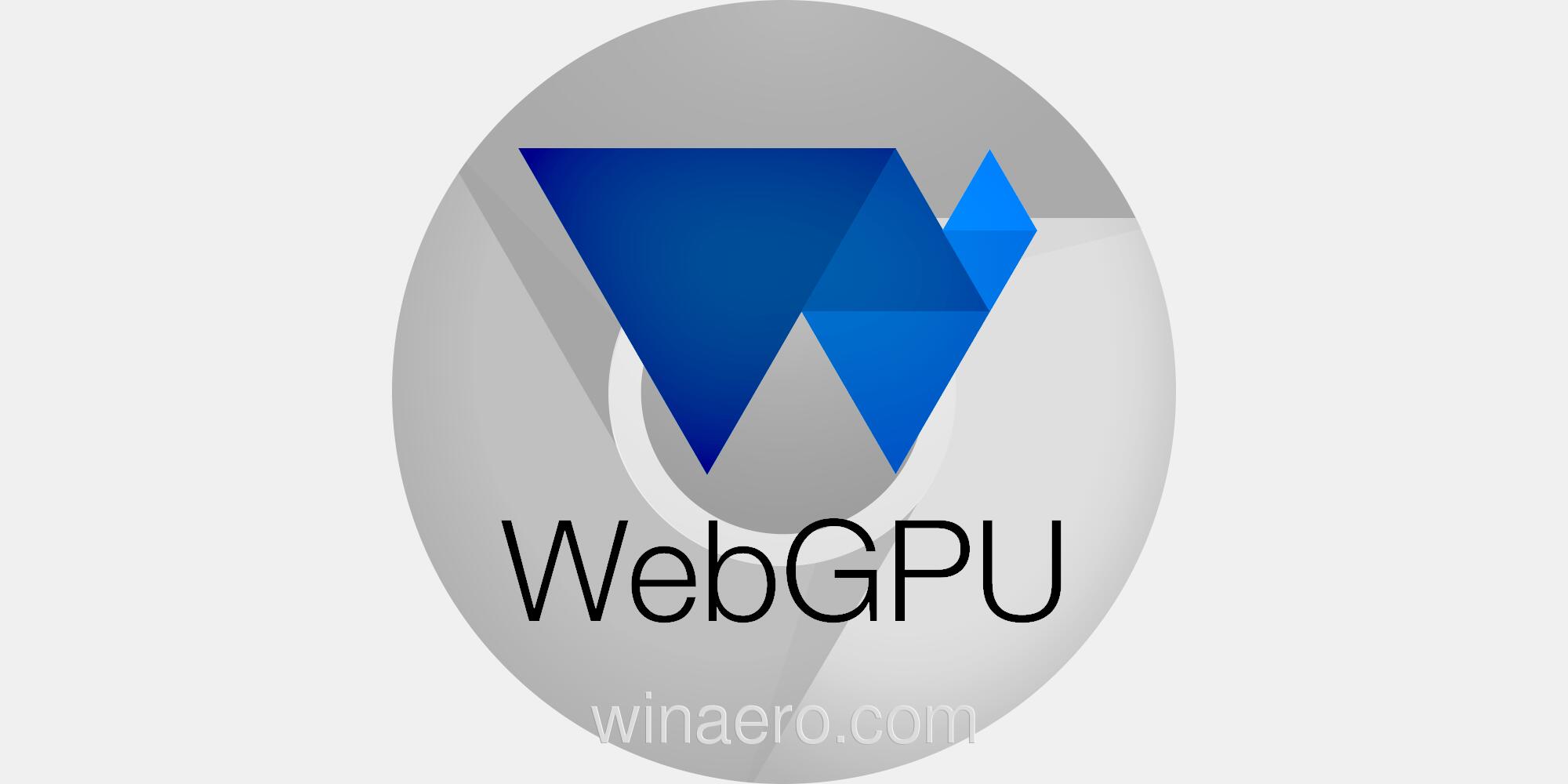Google has announced support for WebGPU and the WebGPU Shading Language (WGSL) in the Chrome 113. It will hit the stable branch on May 2, 2023. This move will bring WebGPU one step closer to being a widely accepted technology that developers can use to create high-performance graphics and compute applications on the web.

WebGPU provides an API similar to Vulkan, Metal, and Direct3D 12, which are popular graphics APIs in game development and other GPU-intensive applications. This means that developers who are already familiar with these APIs will have an easier time transitioning to WebGPU.
Advertisеment
The initial release of WebGPU in Chrome will be only available on ChromeOS, macOS, and Windows. The support for Linux and Android is coming at a later date. This will ensure that the implementation is stable and reliable before it will become accessible on more platforms.
WebGPU support in other browsers
Apart from Chrome, developers test experimental WebGPU support since April 2020 in Firefox and since November 2021 in Safari. To enable WebGPU in Firefox, you need to set the dom.webgpu.enabled and gfx.webgpu.force-enabled options to true in about:config. However, there are currently no plans to enable WebGPU by default in Firefox and Safari.
Available libraries for developers
WebGPU implementations for Firefox and Chrome are available in the form of separate libraries. Those include Dawn (C++) and wgpu (Rust), that one can use to integrate WebGPU support into your applications.
Furthermore, efforts are underway to natively add WebGPU support to popular JavaScript libraries using WebGL. For instance, Babylon.js has already declared full WebGPU support, while Three.js, PlayCanvas, and TensorFlow.js offer partial support.
WebGPU vs WebGL
Conceptually, WebGPU differs from WebGL in a similar way to how the Vulkan graphics API differs from OpenGL. But unlike Vulkan, Metal, or Direct3D, WebGPU is not based on a specific graphics API. Instead, it is a general-purpose layer that uses the same low-level primitives found in these APIs.
WebGPU gives JavaScript applications granular control over the organization, processing, and transmission of commands to the GPU, as well as managing associated resources, memory, buffers, texture objects, and compiled graphics shaders. This approach maximizes graphics performance by reducing overhead and increasing GPU efficiency.
WebGPU enables the creation of complex 3D projects for the web, which can perform as well as standalone programs that directly use Vulkan, Metal, or Direct3D, without being limited to specific platforms.
Moreover, WebGPU provides additional options for porting native graphics programs to a web-enabled form by compiling them to WebAssembly. In addition to 3D graphics, WebGPU also covers the possibilities associated with offloading calculations to the GPU and executing shaders.
Overall, this is an exciting development for the web development community. It will be interesting to see how developers take advantage of WebGPU to create new and innovative applications.
Source: Google
Support us
Winaero greatly relies on your support. You can help the site keep bringing you interesting and useful content and software by using these options:
